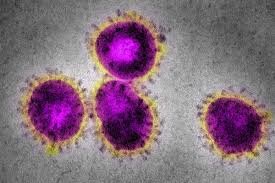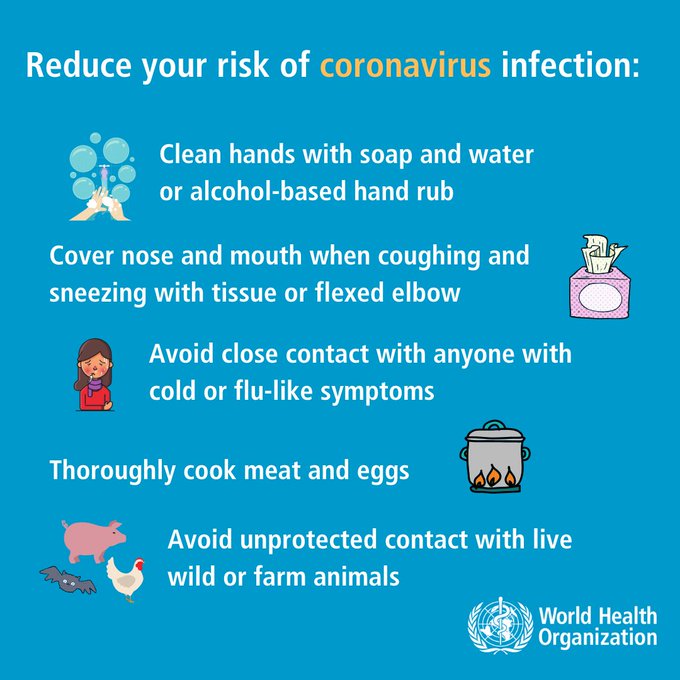
10 Things to Know About the Coronavirus
Jan 24, 2020The outbreak of a new coronavirus has sparked fear and interest across the globe. Here is what you need to know:
*This data is current as of January 27, 2020.*
1. Coronavirus gets its name from its shape; round, surrounded by spiky proteins resembling the crown, or corona, of the sun. The shape is visible under electron microscopy.

2. There are four dominant strains of the coronavirus: alpha, beta, delta, and gamma. As of now, only the alpha and beta coronaviruses have the capability of infecting humans.
3. Two deadly types of coronavirus, Severe Acute Respiratory Syndrome (SARS) and Middle Eastern Respiratory Syndrome (MERS) combined have claimed nearly 1700 lives worldwide. MERS killed nearly 3 in every 10 victims, and SARS killed 1 in 10. The 2019/2020 epidemic coronavirus (2019-nCoV) kills about 1 in 25 victims. Many people becoming seriously ill from 2019-nCoV are battling other illnesses when they become infected, challenging their immune systems.
4. One current hypothesis is that the 2019-nCoV originated in snakes, then became zoonotic. A series of genetic mutations is required for a virus to become zoonotic. The main suspects are the Chinese krait and the Chinese cobra. The Chinese krait (Bungarus multicinctus) is highly venomous and common to Central and Southern China, as well as Southeast Asia. This claim is supported in this new publication: https://doi.org/10.1002/jmv.25682
SARS and MERS are believed to have come from bats. Furthermore, bats are common a prey for snakes. The transmission of the 2019-nCoV from bats, to snakes, to humans is one current hypothesis. The 2019-nCoV has a genetic code with around 70% similarity to SARS.
5. The 2019-nCoV is believed to have come from a seafood market in Wuhan, the capital city of the Hubei province in Central China. Wuhan is currently under quarantine to halt the spread of disease. Authorities are rushing to build a 1000 bed hospital, planning for it to be ready on Feb. 3, 2020. As well as seafood, the market also sold live consumable animals including camels, foxes, badgers, bamboo rats, hedgehogs, reptiles, chicken, donkeys, sheep, and pigs. The market has since been disinfected and shut down.
6. The mechanism of action is to latch onto proteins sitting on lung cells, allowing the virus to penetrate deep into the airways. The spikes on a coronavirus’ viral envelope help it gain entry into cells. Once the virus enters the cell, the virus particle is uncoated and deposits its RNA genome into the cytoplasm, forcing the cell to recreate more viruses, which then leave the cell to infect other cells.
7. The 2019-nCoV causes symptoms similar to SARS and MERS, causing a severe inflammatory response and infecting both the upper and lower respiratory tracts. Symptoms include a fever, dry cough, shortness of breath, and trouble breathing.
8. As of January 27th, 2020, the disease has infected the following countries: Canada, China, Japan, Singapore, South Korea, Taiwan, Thailand, USA, and Vietnam. There are currently patients with suspected 2019-nCoV under investigation in the United Kingdom and Australia. One of the fatal cases in China was near the Russian border, more than 2400km North of Wuhan.
9.The current number of total 2019-nCoV infections is over 800. However, one study suggests the numbers could be much higher as the disease often presents as a common cold, and many people do not seek medical attention for common colds. The study suggests the actual number of cases may be over 1700. You can view the study here.
10. The World Health Organization (WHO) has made a list of things that you can do to protect yourself from 2019-nCoV:
